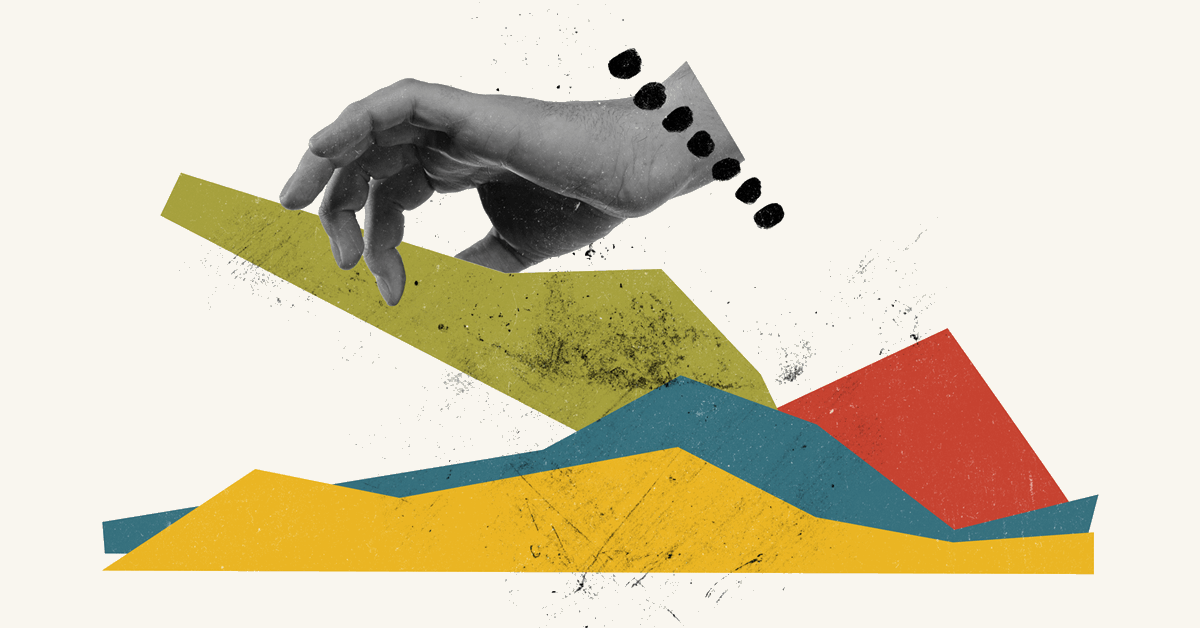
The app, and other tools like it, could help doctors and caregivers. They could be especially useful in the care of people who aren’t able to tell others how they are feeling.
But they are far from perfect. And they open up all kinds of thorny questions about how we experience, communicate, and even treat pain.
Pain can be notoriously difficult to describe, as almost everyone who has ever been asked to will know. At a recent medical visit, my doctor asked me to rank my pain on a scale from 1 to 10. I found it incredibly difficult to do. A 10, she said, meant “the worst pain imaginable,” which brought back unpleasant memories of having appendicitis.
A short while before the problem that brought me in, I’d broken my toe in two places, which had hurt like a mother—but less than appendicitis. If appendicitis was a 10, breaking a toe was an 8, I figured. If that was the case, maybe my current pain was a 6. As a pain score, it didn’t sound as bad as I actually felt. I couldn’t help wondering if I might have given a higher score if my appendix were still intact. I wondered, too, how someone else with my medical issue might score their pain.
In truth, we all experience pain in our own unique ways. Pain is subjective, and it is influenced by our past experiences, our moods, and our expectations. The way people describe their pain can vary tremendously, too.
We’ve known this for ages. In the 1940s, the anesthesiologist Henry Beecher noted that wounded soldiers were much less likely to ask for pain relief than similarly injured people in civilian hospitals. Perhaps they were putting on a brave face, or maybe they just felt lucky to be alive, given their circumstances. We have no way of knowing how much pain they were really feeling.
Given this messy picture, I can see the appeal of a simple test that can score pain and help medical professionals understand how best to treat their patients. That’s what is being offered by PainChek, the smartphone app Deena wrote about. The app works by assessing small facial movements, such as lip raises or brow pinches. A user is then required to fill a separate checklist to identify other signs of pain the patient might be displaying. It seems to work well, and it is already being used in hospitals and care settings.
But the app is judged against subjective reports of pain. It might be useful for assessing the pain of people who can’t describe it themselves—perhaps because they have dementia, for example—but it won’t add much to assessments from people who can already communicate their pain levels.
There are other complications. Say a test could spot that a person was experiencing pain. What can a doctor do with that information? Perhaps prescribe pain relief—but most of the pain-relieving drugs we have were designed to treat acute, short-term pain. If a person is grimacing from a chronic pain condition, the treatment options are more limited, says Stuart Derbyshire, a pain neuroscientist at the National University of Singapore.
The last time I spoke to Derbyshire was back in 2010, when I covered work by researchers in London who were using brain scans to measure pain. That was 15 years ago. But pain-measuring brain scanners are yet to become a routine part of clinical care.
That scoring system was also built on subjective pain reports. Those reports are, as Derbyshire puts it, “baked into the system.” It’s not ideal, but when it comes down to it, we must rely on these wobbly, malleable, and sometimes incoherent self-descriptions of pain. It’s the best we have.
Derbyshire says he doesn’t think we’ll ever have a “pain-o-meter” that can tell you what a person is truly experiencing. “Subjective report is the gold standard, and I think it always will be,” he says.
This article first appeared in The Checkup, MIT Technology Review’s weekly biotech newsletter. To receive it in your inbox every Thursday, and read articles like this first, sign up here.






















